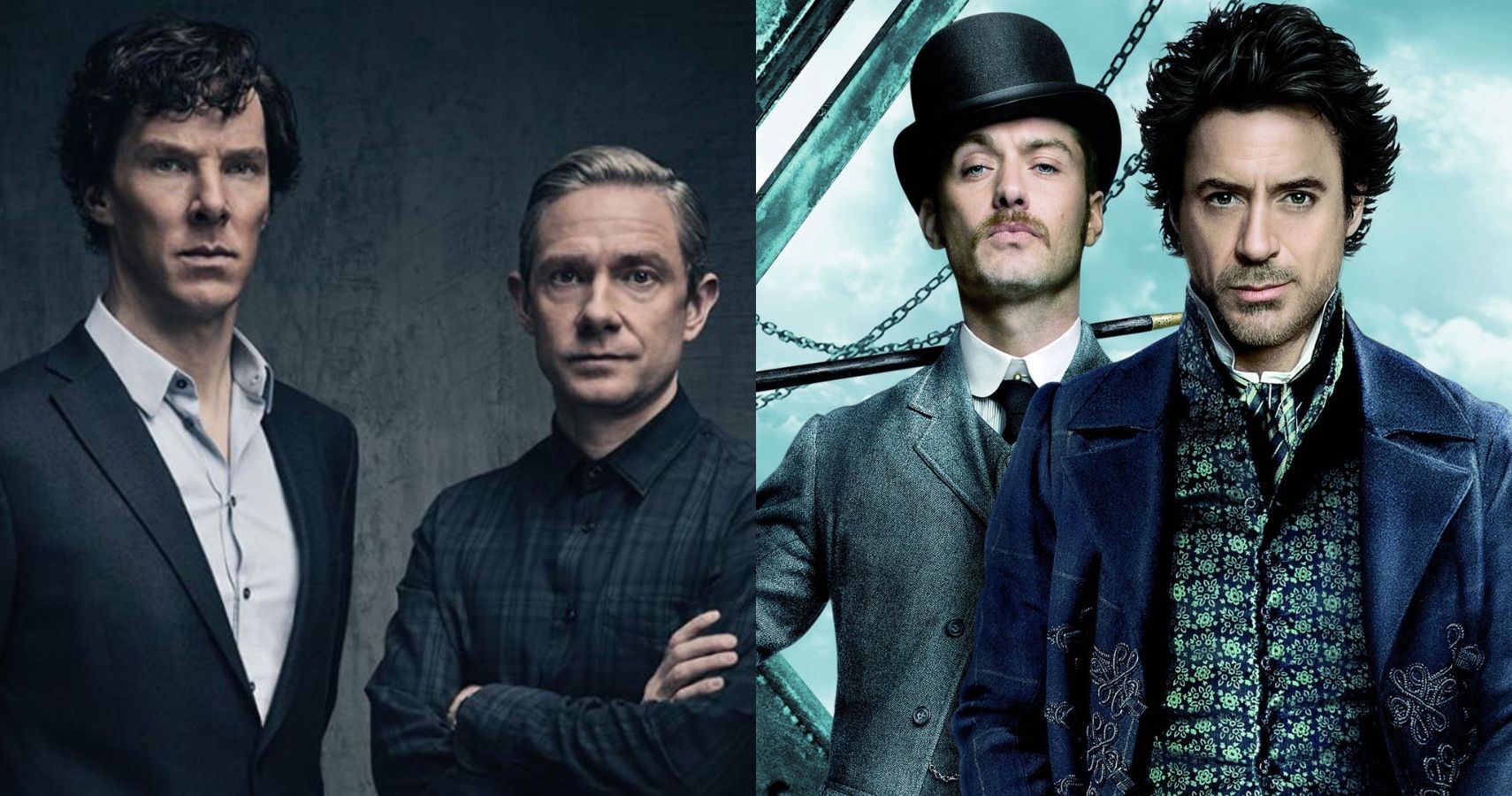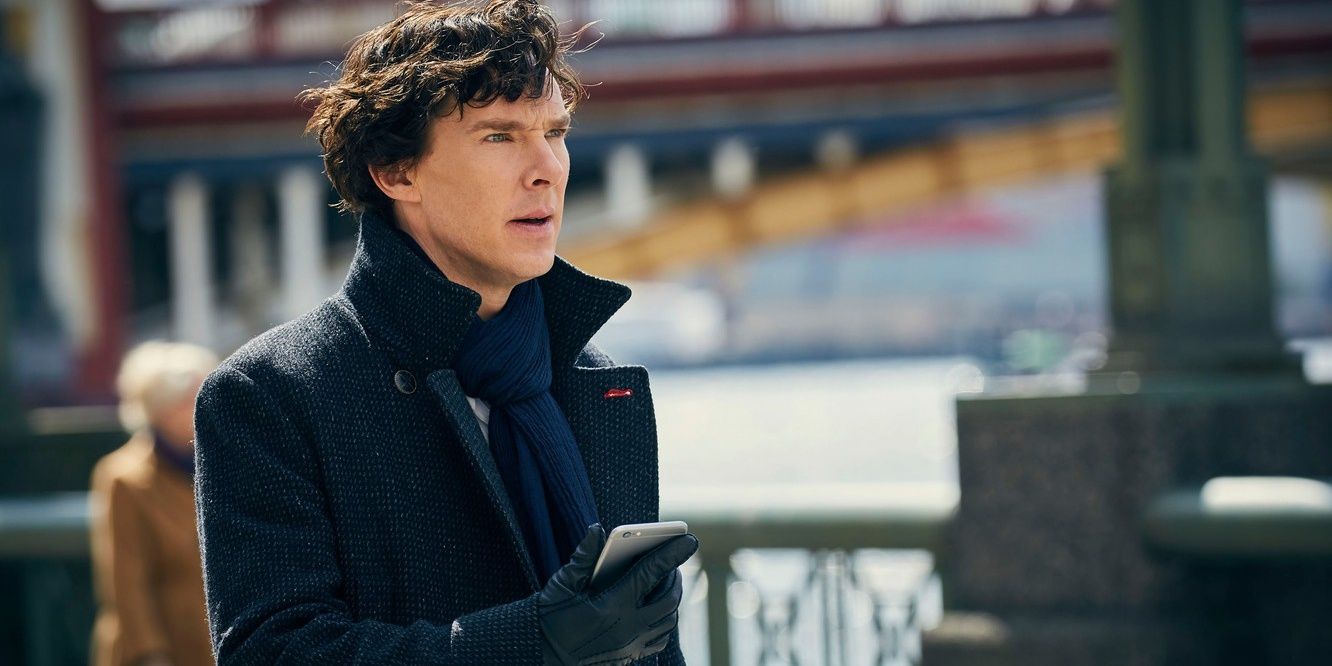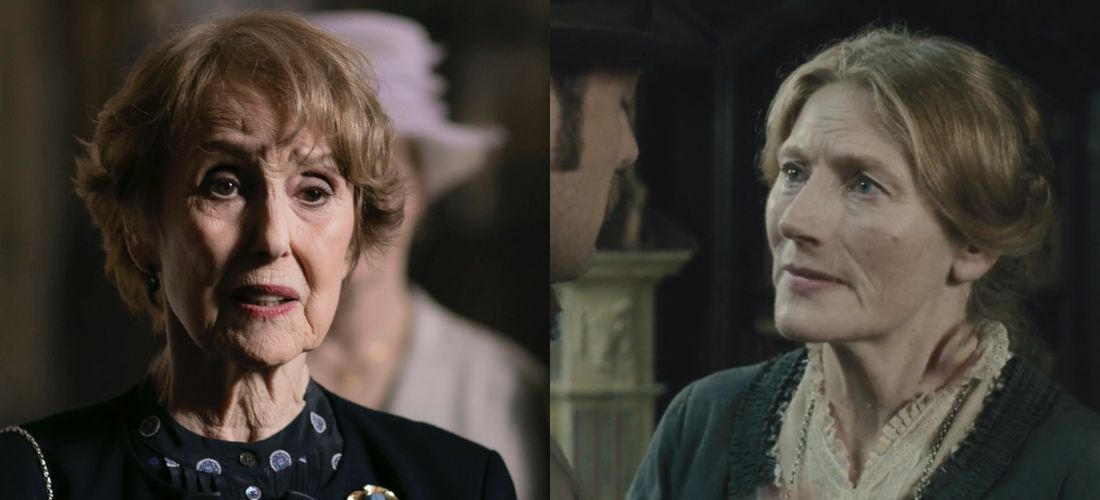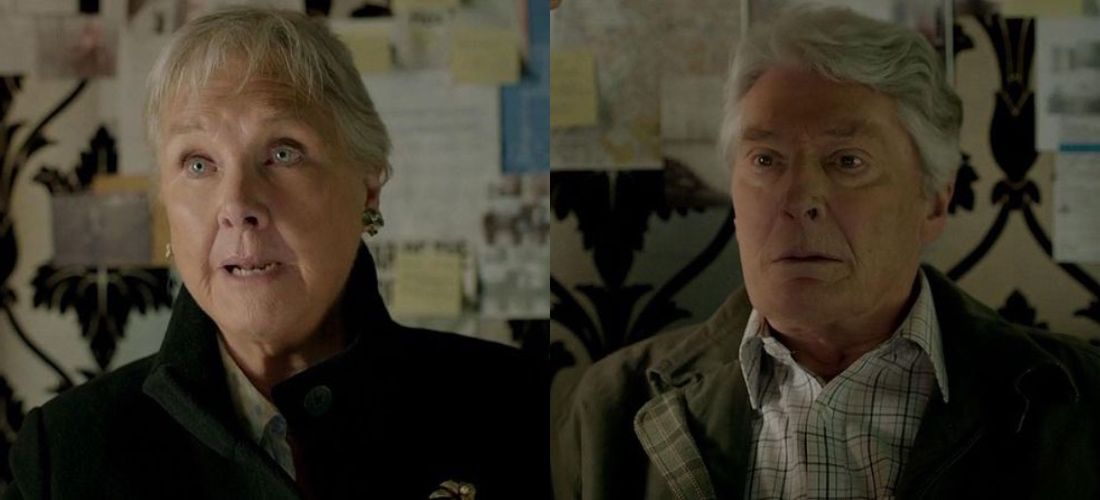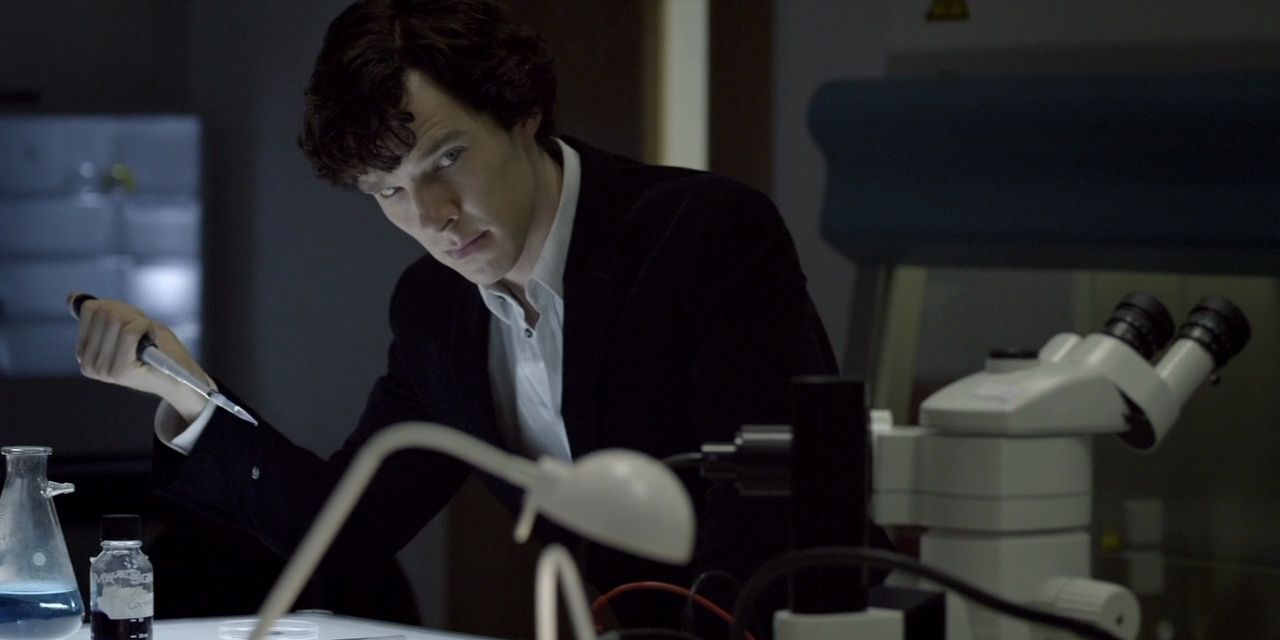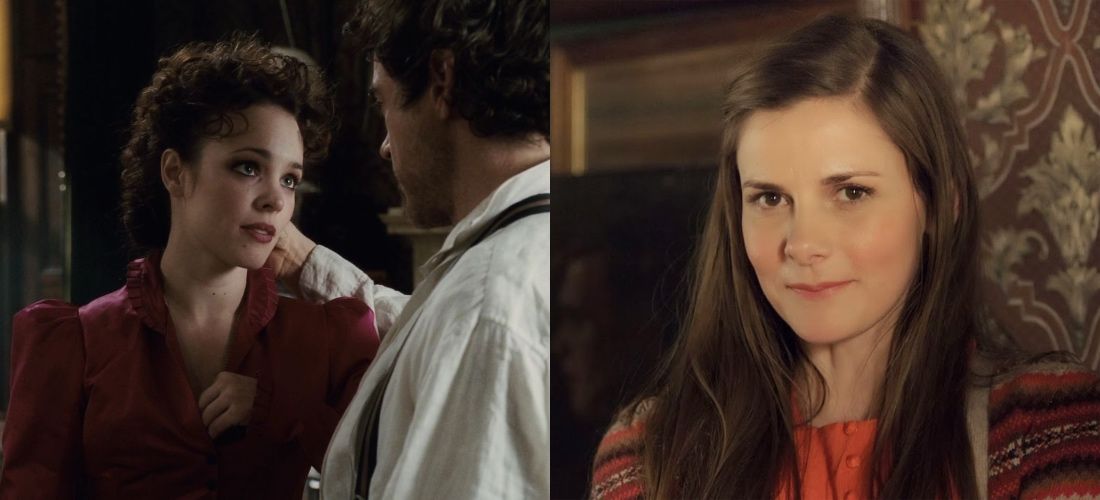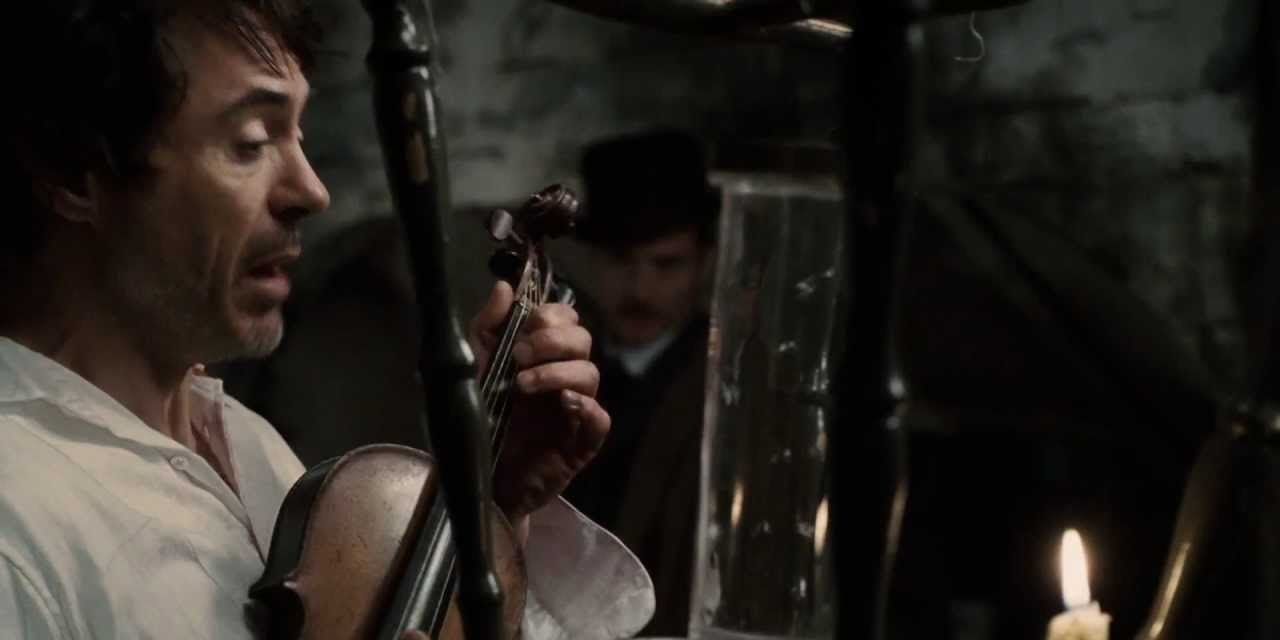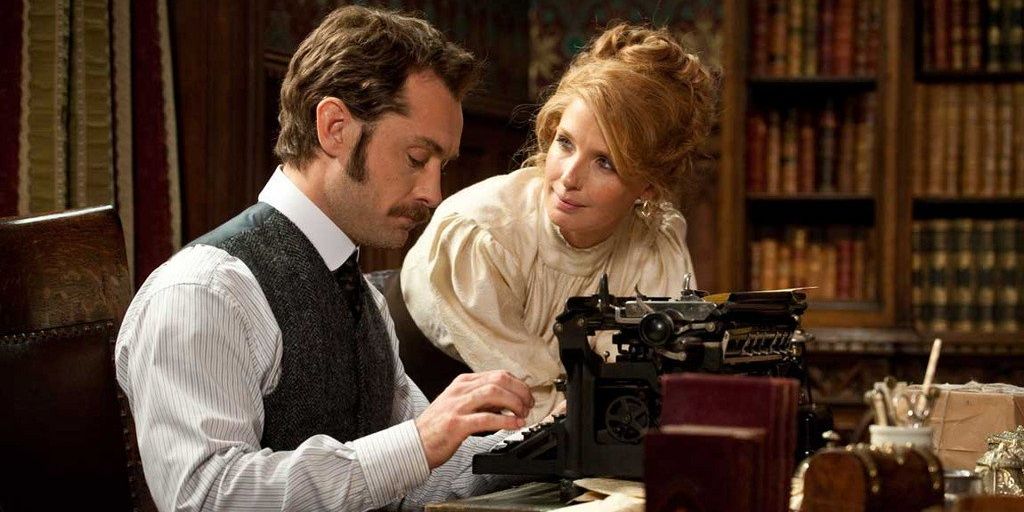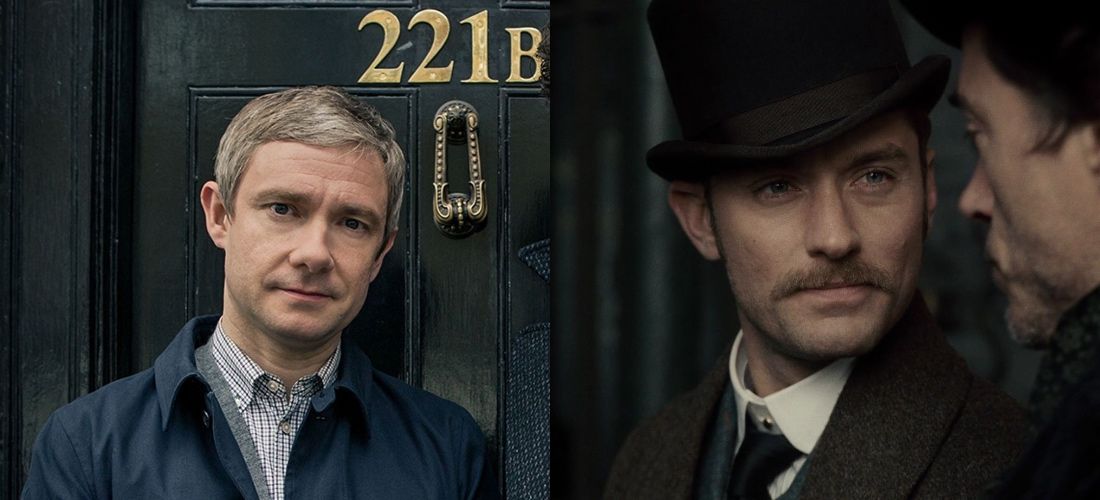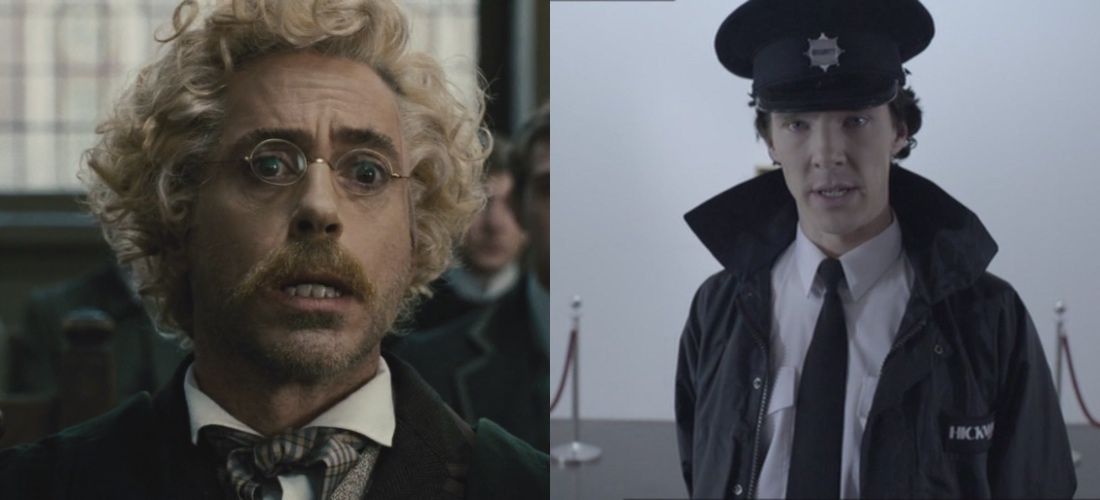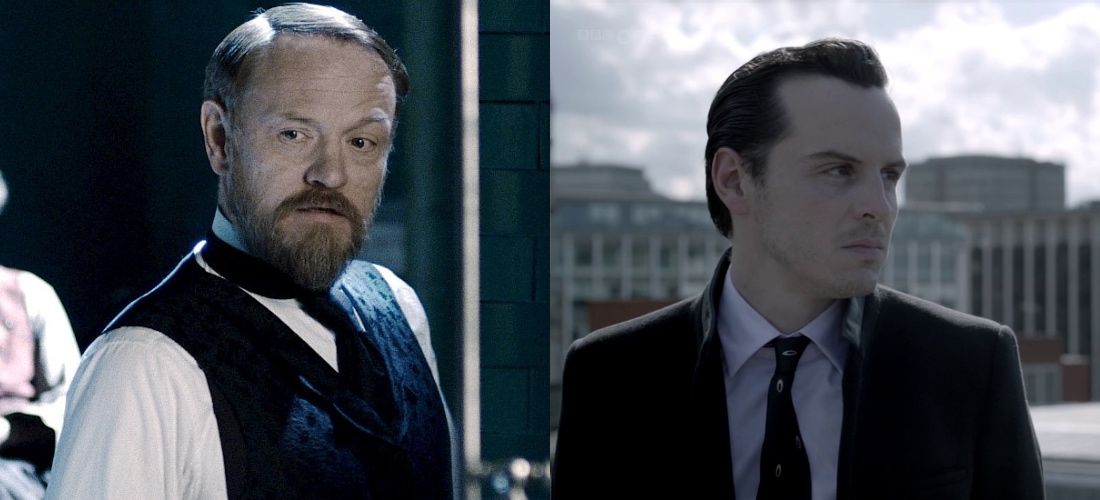Everyone knows the stories of Sherlock Holmes originally created by British author Sir Arthur Conan Doyle. The stories tell the tales of a private detective who is a bit eccentric in his crime-solving methods. Holmes is notorious for his ability to see what no one else can when solving a mystery. The stories of Sherlock Holmes have been adapted numerous times on-screen.
The most talked-about renditions of the famous detective are the BBC show Sherlock and the films Sherlock Holmes and Sherlock Holmes: A Game Of Shadows. As well as being known for their respective roles in the MCU, Robert Downey Jr. and Benedict Cumberbatch also portrayed Sherlock Holmes. Here are some similarities and differences between Bumberbatch's BBC show and Downey's films.
Difference: Time Period
The films, Sherlock Holmes and Sherlock Holmes: A Game Of Shadows, takes the story of the detective to the more familiar time period as depicted in the original stories. Taking place in the 1890s, Holmes (Downey) and Watson (Jude Law) maneuver through London solving crime. The time period allows for a more gritty and smoggy depiction of London, England.
The BBC show, Sherlock takes place during modern times. The show originally aired in 2010 and finished its run in 2017. Sherlock Holmes (Cumberbatch) and Watson (Martin Freeman) have modern technology to aid in solving murders and crimes. Forensics is much more advanced than it was in 1890.
Similarity: The Landlady of 221B Baker Street
Any casual fan knows Holmes lives at 221B Baker Street. Fans will often see the number on the door in the BBC show, while in the film only the audience and main characters are aware of the address. Both renditions of Holmes have a resident landlady at 221B Baker Street.
Martha Louise Hudson is the lovely and optimistic landlady in the show. Sherlock was allowed to rent out the flat after he helped see Mrs.Hudson's husband executed for double-murder in Florida. Despite Holmes's outlandish antics, she still has a soft spot for him. On the other hand, in the films, Mrs.Hudson often quarrels with Holmes about the condition of his flat and would like nothing more than for him to find a new residence.
Differences: We Meet Sherlock Holmes Parents
Sherlock Holmes is a bit of an aloof character. He rarely admits that he cares for people, much less the people who are actually his friends. In the film, Holmes's backstory is never actually introduced in detail. We become aware that he does have a brother. Audiences never hear of his parents or family members.
The BBC show does something special when dissecting the mind of Sherlock Holmes. Audiences are introduced to Mrs. and Mr.Holmes. Throughout the show, Sherlock and Mycroft often refer to a "Mommy," but she finally appears at his flat later on with her husband. Sherlock's parents are both normal, down-to-earth, and bubbly people. Unlike their children.
Similarity: Both Like to Perform Experiments
Sherlock Holmes doesn't like to be bored. His mind is so cunning that it can't process the idea of not solving a crime or finding the answer to the unsolvable. In both versions of Holmes, they like to perform scientific experiments. Holmes, in the second film, injects Watson's dog, Winston with a drug that stops his heart. Watson becomes angry but Winston soon jumps up, vibrant and alive.
On the show, Sherlock is no different. His kitchen table is filled with beakers and cups full of various chemicals. In one episode, Watson finds a severed head in the fridge. Sherlock simply explains he is testing the coagulation rate of saliva after death.
Difference: Love Interests
What's a good film without some romance? Both the television show and films have Sherlock involved in a whirlwind of emotions when it comes to their love interests. Although, the love interest in each is different. In the Sherlock Holmes films, audiences are aware there is some history between Holmes and former adversary Irene Adler (Rachel McAdams). They act very coy when it comes to their attraction towards one another.
Sherlock in the BBC show finds the idea of committed relationships and emotions quite cumbersome. In the show, there is a character named Irene Adler played by Laura Pulver. While flirtatious tensions arise between the two, there's no solid relationship. Instead, Sherlock begins to have feelings for specialist registrar, Molly Hooper.
Similarity: Drug Addiction
In the original Sherlock Holmes books, it was always known that Holmes had a drug addiction problem. In the BBC show, fans were shocked to see Sherlock in a drug-induced state. In order to not get bored, Sherlock would use heroin and morphine to escape “the dull routine of existence”.
While audiences never actually see Holmes using drugs in the films, they are aware that he is under the influence. He uses drugs in the same way Sherlock does in the show. In the attic scene in the film, audiences see that he is more than willing to consume chemicals or lucid drugs for the sake of an experiment to find the truth.
Difference: Blog Vs. Book
Dr. John Watson is Sherlock Holmes's companion when investigating crimes. He is also the sane one in the duo. In both the film and show, Watson documents the adventures he has with Sherlock Holmes. In the show, because they are in modern times, Watson uses a blog for this purpose. Watson, in the film, uses an old fashioned typewriter.
Watson's blog is public and receives numerous fans who are enthralled by Sherlock and Watson's crime investigations. Sherlock often mocks him for his decision in titles. In the second film, Sherlock Holmes: A Game Of Shadows, Watson is typing out a story about Sherlock, presuming the great detective is dead.
Similarity: Watson Is A Trained Medic
Having Watson as a trusted companion is beneficial to Sherlock Holmes. Both the films and show stay true to Watson's medical background. Dr.Watson in both films is a trained medic with a military background and is often at the aid of Sherlock if things go wrong. In the first film, Dr. Watson is called by the police department to declare Lord Blackwood deceased.
In the BBC show, Dr.Watson has a similar backstory. In this version, Watson returns from serving as a medic in the Royal Army Medical Corps while doing military service in Afghanistan.
Difference: Sherlock Holmes Loves Disguises
Part of sleuthing is having a convincing disguise. In the films, Holmes is seen taking on various personas in order to avoid thugs or gather information. In the first film, Holmes uses items on his path to following Irene Adler to cover his features. He uses clay to form a new bulbous nose and an eyepatch. The disguises in the second film get more elaborate as Holmes transforms himself as a woman to board the train Watson and his wife are on.
There are many more examples of Holmes dressing in Asian attire and as an intrigued older student. In the show, Sherlock only uses two distinct disguises and they are not as elaborate. He dresses as a French waiter in season 3 to disrupt Watson's dinner date and announce his return. His brother, Mycroft, is the real master of disguise.
Similarity: Moriarty Is Sherlock Holmes Main Enemy
In the first Sherlock Holmes film, we are teased with the possibility of Moriarty. Holmes finds out that Irene Adler has a secret employer. In the second film, Professor Moriarty (James Harris) makes himself known to Holmes taunting him with Adler. Holmes seeks revenge and to stop his plan of instigating a world war while making a fortune.
Sherlock, in the show, faces the same nemesis by the name of Jim Moriarty (Andrew Scott). Moriarty has immense criminal skills and created one of the largest criminal organizations in the world. He becomes obsessed with Sherlock and creates "games" to rile and provoke him.

